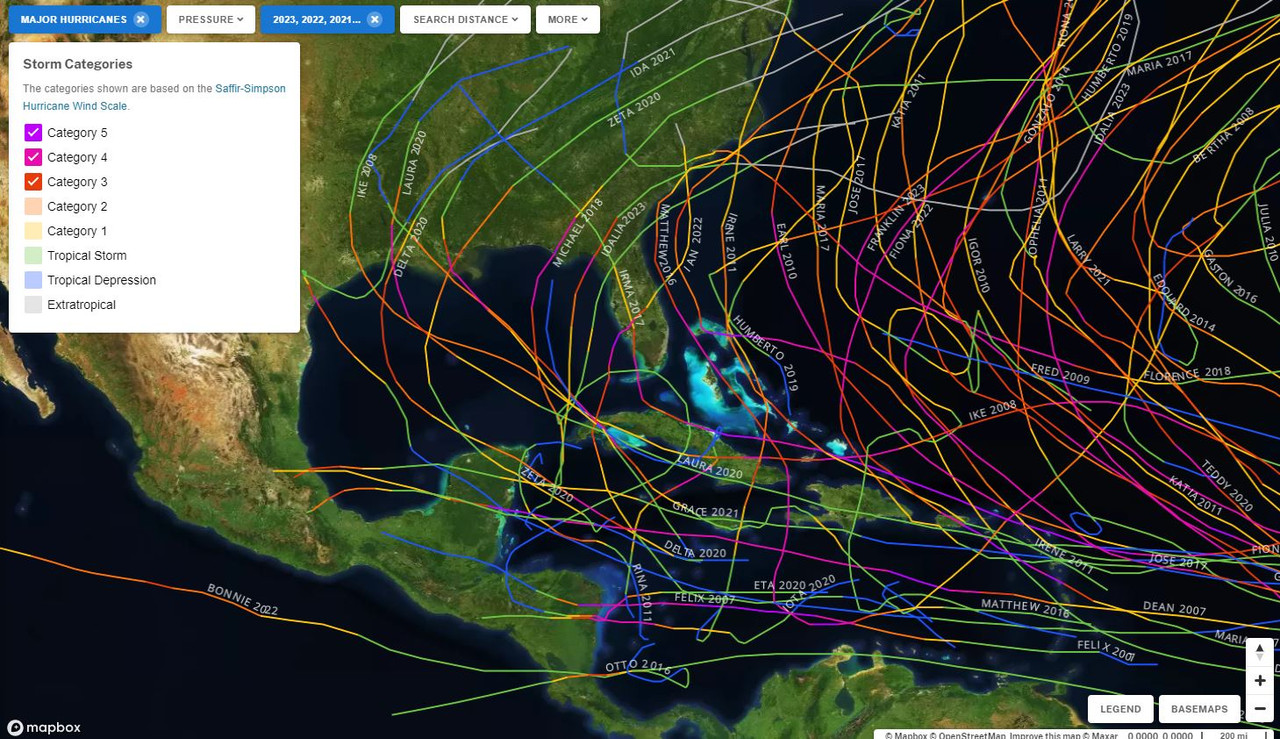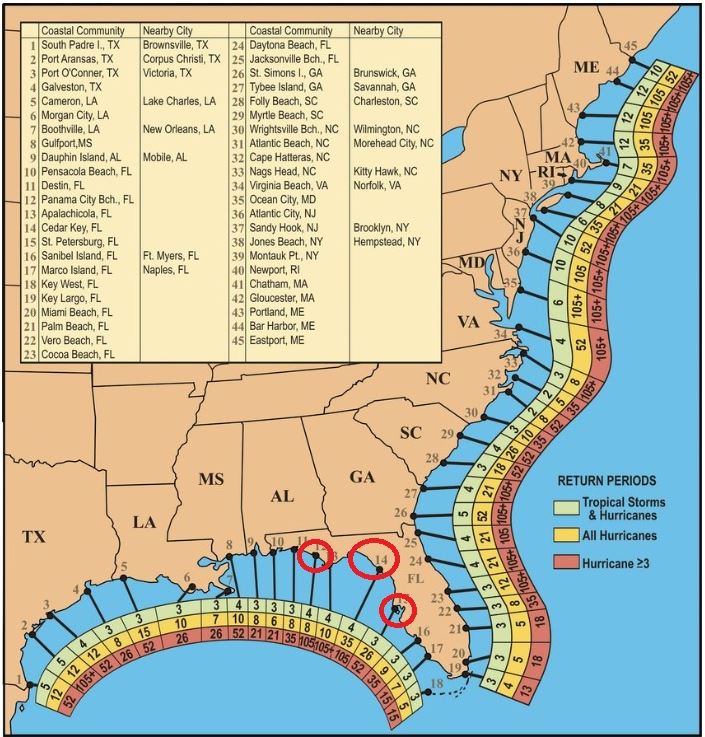#2 Postby Category5Kaiju » Wed Dec 04, 2024 12:17 pm
I think a lot of people attribute it to just luck, and while I would agree that good luck may indeed be a factor, I think it's important to understand WHY that's happening.
The exact root reason is unclear and I'm sure scientists are currently still trying to figure that out. However....one thing I will note is that I do think that the steering setups may have something to do with this. For some reason, in recent years, it seems like the general pattern of storms is so that the ones that develop in the open ocean typically recurve before hitting the CONUS while the ones that develop closer to home take the general path of going through the WCAR and ending up in the Gulf, where they explode in intensity.
Notably, back in 2019, Dorian got extremely close to being one of SE Florida's worst storms, but it ultimately took a hard north turn. Same thing with Matthew in 2016, as it paralleled the Florida coast rather than plowing into it. 2018's Florence was projected to hit the Carolinas as a Cat 4, but strong shear and dry air ultimately weakened it.
I think it's important to understand that while that stretch of the CONUS has fortunately seen some very quiet days in terms of major hurricane landfalls in recent times, there definitely have been multiple close calls that could've easily been a different story had the steering patterns been slightly different.
10 likes
Unless explicitly stated, all info in my posts is based on my own opinions and observations. Tropical storms and hurricanes can be extremely dangerous. Refer to an accredited weather research agency or meteorologist if you need to make serious decisions regarding an approaching storm.






